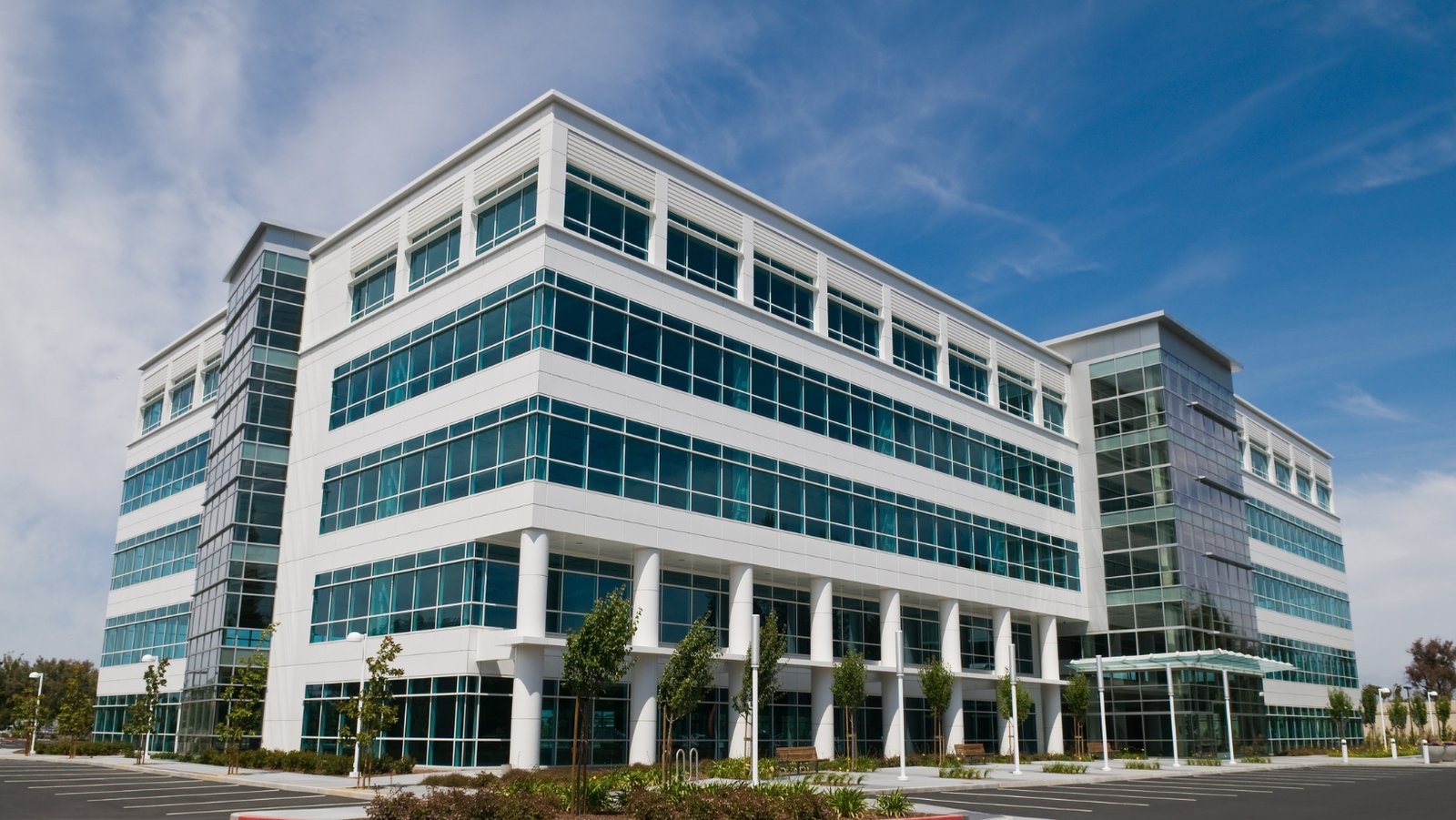A silent revolution is taking place in India’s real estate sector. For decades, the shining skylines of Delhi, Mumbai, and Bengaluru have captured the nation’s imagination. But now, a different narrative is unfolding — one where Tier-2 cities are emerging as the real drivers of growth, opportunity, and innovation in the property market.
From Chandigarh to Lucknow, Jaipur to Indore, India’s second-tier cities are leading a transformation that experts believe will redefine the real estate landscape for the next decade.
Tier-2 Cities: No Longer the Second Choice
Tier-2 cities were considered alternative options — quieter, smaller, and often lacking the infrastructure and glamour of the metros. Escalating property prices, congestion, and lifestyle fatigue in India’s biggest cities have spurred a new migration. Today, buyers and investors are looking beyond the traditional powerhouses, and what they are finding is compelling.
“Tier-2 cities offer better living conditions, affordable housing, and growing job opportunities,” says Rajesh Mittal, a senior analyst at Indian Realty Watch. “For both families and corporates, the appeal is undeniable.”
Economic Drivers and Government Support
This seismic shift is not occurring by accident. Several government initiatives have laid the groundwork:
- The Smart Cities Mission has brought intelligent infrastructure, digital governance, and sustainable urban planning to smaller cities.
- Affordable Housing Schemes under “Housing for All” are helping middle-income families realize the dream of homeownership.
- Industrial Development Corridors such as the Delhi-Mumbai Industrial Corridor (DMIC) have positioned Tier-2 cities as new business hubs.
Furthermore, cities like Indore, Surat, and Coimbatore have consistently ranked among India’s cleanest, livable cities — further enhancing their attractiveness.
Emerging Hotspots: Where the Action Is
Panchkula, Chandigarh’s twin city, is seeing a surge in residential and commercial projects, driven by its strategic location and well-planned infrastructure.
Lucknow is witnessing unprecedented investment from the IT and manufacturing sectors, buoyed by a growing metro network.
Jaipur’s affordable real estate, coupled with world-class heritage tourism, is pulling in young professionals and retirees alike.
Meanwhile, Coimbatore and Indore are reinventing themselves as education, healthcare, and startup hubs, blending tradition with modernity.
These cities are not merely surviving — they are thriving.
Technology’s Role in the Transformation
Technology is a silent catalyst behind this movement. Property portals, virtual reality tours, and online legal documentation are making property transactions easier than ever.
“The tech adoption rate in Tier-2 markets has been phenomenal,” says Ananya Sharma, CTO of RealtyNext. “Today’s homebuyer from a Tier-2 city is just as digital-savvy as one from Mumbai.”
As a result, the traditional barriers of distance and documentation delays are fast disappearing.
Opportunities for Investors
The real estate dynamics in Tier-2 cities present a golden window of opportunity:
- High Appreciation Potential: Property prices are lower, but growth rates are often higher than in saturated Tier-1 markets.
- Rental Income Boom: A rising migrant workforce is creating significant demand for rental housing.
- Commercial Real Estate: Co-working spaces, malls, and industrial parks are springing up rapidly.
A report by Cushman & Wakefield predicts that rental yields in Tier-2 cities could surpass metro averages by 2027, making them a smart investment choice.
Caution and Challenges
However, the path is not without hurdles. Infrastructure bottlenecks, bureaucratic delays, and uneven regulatory practices remain issues in several Tier-2 markets.
Buyers and investors must conduct thorough due diligence and work with trusted advisors to navigate these risks successfully.
A Glimpse into the Future
Real estate veterans agree: Tier-2 cities are not just riding a trend; they are setting a new standard.
Remote working, entrepreneurship, and a hunger for better living standards are aligning to reshape India’s urban destiny.
“By 2030, we expect nearly 50% of India’s urban population to reside in Tier-2 and Tier-3 cities,” forecasts the National Real Estate Development Council (NAREDCO). “This will drive demand across residential, commercial, and retail sectors.”
Conclusion
Tier-2 cities are beacons of a more balanced, decentralized, and dynamic future in an India hungry for change and growth. They offer promise for real estate investors and millions seeking better lives beyond the megacities.
At BDS Properties, we are proud to help our clients seize these emerging opportunities — with expert advice, premium listings, and unparalleled service across India’s most promising new urban frontiers.



